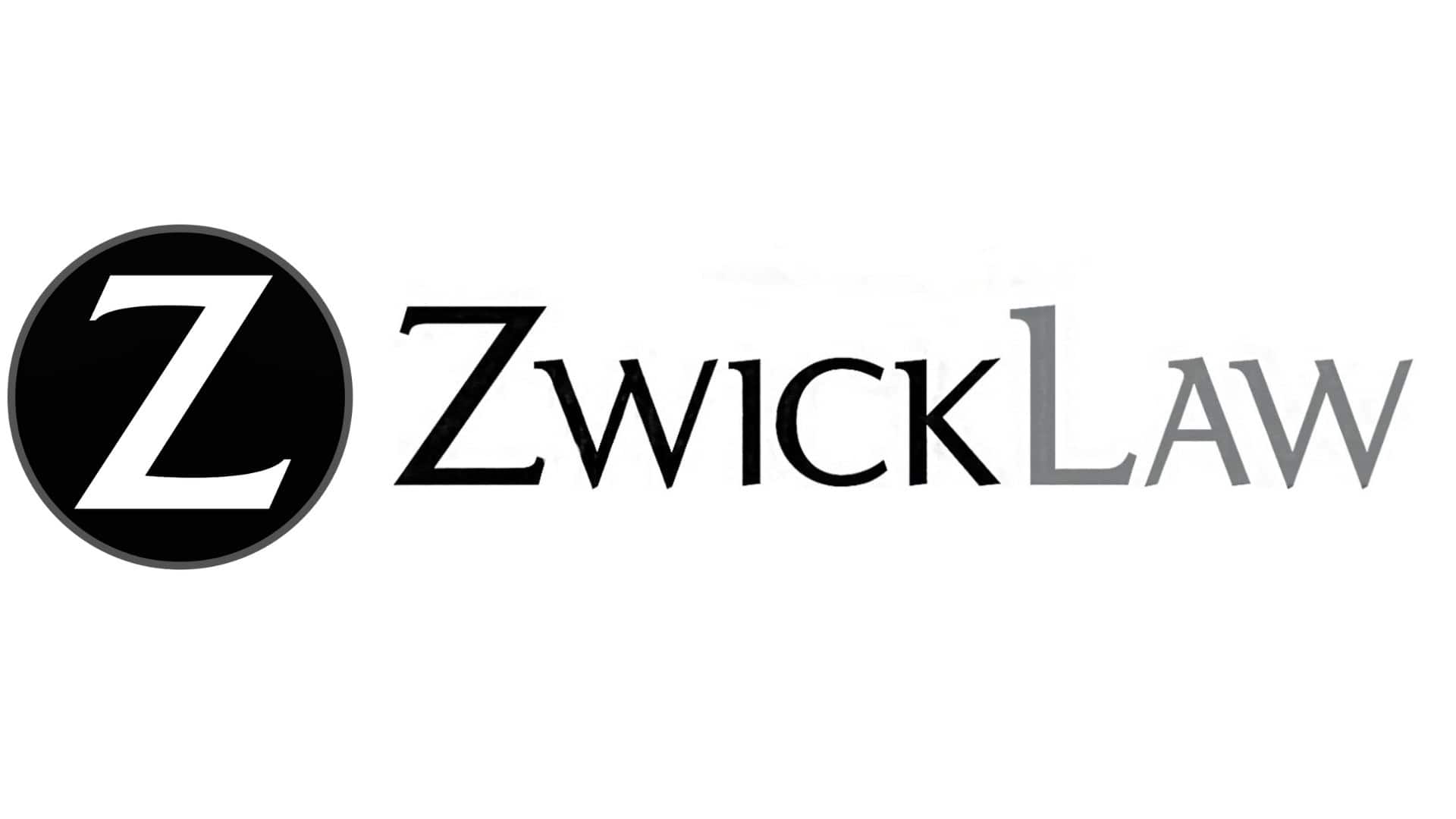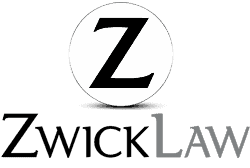Pennsylvania Dog Bite Claims: What You Should Know

Legal Basis for Dog Bite Claims
In Pennsylvania, dog bite claims typically fall under strict liability and negligence theories:
Strict Liability under the Pennsylvania Dog Law:
According to 3 P.S. § 459-502-A, a dog owner is strictly liable for injuries caused by their dog if:
-
- The dog has a history of biting or attacking, or
- The dog is deemed a “dangerous dog” under state law (e.g., has a propensity to attack without provocation).
If these conditions are met, the owner is liable for damages regardless of whether they were negligent or knew of the dog’s dangerous tendencies.
Negligence:
If strict liability does not apply (e.g., the dog has no prior history of biting), a claim can be pursued under negligence. The injured party must prove:
-
- The owner owed a duty of care (e.g., to restrain or control the dog);
- The owner breached that duty (e.g., failed to leash the dog or ignored its aggressive behavior);
- The breach caused the injury; and
- The injury resulted in damages (e.g., medical expenses, pain and suffering).
Key Elements of a Dog Bite Claim
To succeed in a personal injury claim for a dog bite in Pennsylvania, the following elements are critical:
- Injury: The claimant must demonstrate physical or psychological harm (e.g., bite wounds, infections, or emotional trauma like PTSD).
- Causation: The injury must be directly caused by the dog bite or attack.
- Damages: The claimant must prove compensable damages, such as
- Economic Damages: Medical bills, lost wages, rehabilitation costs.
- Non-Economic Damages: Pain and suffering, emotional distress.
- Ownership: The defendant must be the dog’s owner or, in some cases, a person responsible for the dog’s care or control (e.g., a dog walker or kennel).
Pennsylvania’s Dog Law and Dangerous Dogs
Dangerous Dog Designation: Under 3 P.S. § 459-501-A, a dog may be classified as “dangerous” if it:
- Has inflicted severe injury without provocation.
- Has killed or injured another domestic animal.
- Has attacked a person without provocation.
- Has a history of aggressive behavior.
**If a dog is designated as dangerous, the owner must comply with strict requirements (e.g., muzzling, confinement, or registration), and failure to do so can strengthen a claim.
Defenses to Dog Bite Claims
Dog owners may raise defenses to avoid liability, including:
- Provocation: If the victim provoked the dog (e.g., teasing or abusing it), the owner may not be liable under strict liability.
- Trespassing: If the victim was trespassing on the owner’s property at the time of the bite, liability may be reduced or eliminated, depending on the circumstances.
- Comparative Negligence: Pennsylvania follows a modified comparative negligence rule (51% rule). If the victim is found to be more than 50% at fault (e.g., ignoring warnings or provoking the dog), they cannot recover damages.
Statute of Limitations
In Pennsylvania, the statute of limitations for personal injury claims, including dog bite cases, is two years from the date of the injury (42 Pa.C.S. § 5524). The claim must be filed within this period, or the right to sue may be lost. For minors, the statute of limitations may be tolled until they reach the age of 18.
Damages Recoverable
Victims of dog bites in Pennsylvania may recover:
- Medical Expenses: Costs for treatment, surgeries, or therapy.
- Lost Income: Wages lost due to recovery time or disability.
- Pain and Suffering: Compensation for physical pain and emotional distress.
- Punitive Damages: In rare cases, if the owner’s conduct was egregious (e.g., knowingly allowing a dangerous dog to roam freely), punitive damages may be awarded.
Homeowner’s Insurance and Liability
Many dog bite claims are covered by the dog owner’s homeowner’s insurance or renter’s insurance policies, which often include liability coverage for dog-related incidents. However, some insurance policies exclude certain breeds or dogs with a history of aggression, which may complicate recovery.
Practical Considerations
- Seek Medical Attention: Prompt medical care is essential for health and to document injuries for the claim.
- Gather Evidence: Take photos of injuries, the scene, and the dog (if safe). Obtain witness statements and report the incident to local animal control.
- Consult an Attorney: Dog bite laws can be complex, and an experienced personal injury attorney can help navigate strict liability, negligence, and insurance negotiations.
Local Ordinances
Some Pennsylvania municipalities have local leash laws or ordinances that require dogs to be restrained in public. Violations of these laws can support a negligence claim.
Why Choose ZwickLaw for Your Injury Claim?
At ZwickLaw, our experienced Dog Bite injury attorneys understand the physical, emotional, and financial toll that personal injuries can take on you and your family. Our experienced injury attorneys are dedicated to guiding you through every step of the claims and case processes – Fighting Aggressively for You.
Contact us today for a free consultation to discuss your case and take the first step toward a full recovery. (814) 371-6400
Learn more about our Dog Bite Injury Attorneys. At ZwickLaw, we always have your back.





